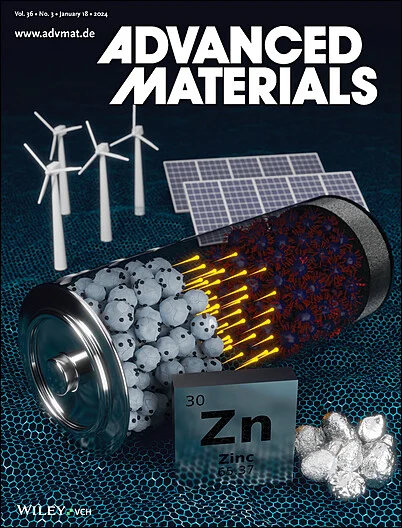Microbial Photosynthetic Oxygenation and Radiotherapeutic Sensitization Enables Pyroptosis Induction for Combinatorial Cancer Therapy
IF 27.4
1区 材料科学
Q1 CHEMISTRY, MULTIDISCIPLINARY
引用次数: 0
Abstract
Rectal cancer surgery is challenging due to the complex anatomy, making it difficult to achieve clear surgical margins. Radiotherapy (RT) plays a crucial role, especially in treating locally recurrent rectal cancer and preserving anal function. However, its effectiveness is often limited by tumor hypoxia, particularly prevalent in hypoxic regions near the bowel wall in colorectal cancer. Hypoxia contributes to both radiation resistance and apoptosis resistance, compromising RT outcomes. To overcome hypoxia‐driven radiotherapy resistance, this work designs and engineers a radiotherapy‐sensitizing bioplatform for efficient cancer RT. It combines lanthanum oxide nanoparticles (La求助全文
约1分钟内获得全文
求助全文
来源期刊

Advanced Materials
工程技术-材料科学:综合
CiteScore
43.00
自引率
4.10%
发文量
2182
审稿时长
2 months
期刊介绍:
Advanced Materials, one of the world's most prestigious journals and the foundation of the Advanced portfolio, is the home of choice for best-in-class materials science for more than 30 years. Following this fast-growing and interdisciplinary field, we are considering and publishing the most important discoveries on any and all materials from materials scientists, chemists, physicists, engineers as well as health and life scientists and bringing you the latest results and trends in modern materials-related research every week.
 求助内容:
求助内容: 应助结果提醒方式:
应助结果提醒方式:


